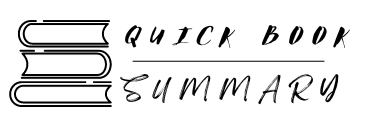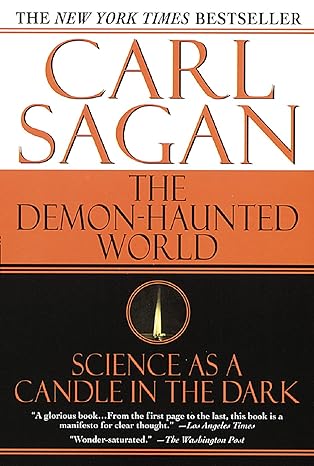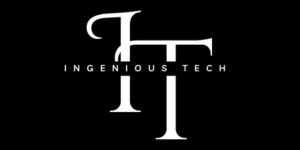Main Topic
The main theme of “The Demon-Haunted World: Science as a Candle in the Dark” is the advocacy for scientific thinking and skepticism in the face of pseudoscience, superstition, and misinformation.
Key Ideas or Arguments
- Scientific Literacy: Sagan emphasizes the importance of scientific literacy for individuals to make informed decisions and avoid falling prey to unfounded beliefs.
- Balancing Wonder and Skepticism: The book encourages maintaining a sense of wonder about the universe while cultivating a healthy skepticism to distinguish between credible scientific claims and baseless assertions.
- Danger of Ignorance: Sagan warns against the dangers of scientific illiteracy, highlighting how it can lead to societal issues and hinder progress.
Chapter Titles or Main Sections
- The Dark World: Explores the prevalence of pseudoscience and irrational thinking, setting the stage for the need for scientific enlightenment.
- Science and Hope: Examines the positive impact of science on human well-being and the potential for hope through scientific advancements.
- The Baloney Detection Kit: Introduces critical thinking tools to differentiate between credible scientific claims and fallacious arguments.
- The Fine Art of Baloney Detection: Elaborates on the tools presented earlier, providing practical guidance on identifying and debunking pseudoscientific claims.
- The Demon-Haunted World: Addresses the persistence of superstition and the importance of a scientific worldview in dispelling irrational fears.
Key Takeaways
- Prioritize scientific literacy to navigate a world inundated with misinformation.
- Cultivate a balance between wonder and skepticism for a rational understanding of the universe.
- Embrace the scientific method as a tool for discerning truth from fiction.
Author’s Background and Qualifications
Carl Sagan, a renowned astrophysicist and science communicator, was the David Duncan Professor of Astronomy and Space Sciences at Cornell University. He co-authored the book with his wife, Ann Druyan, a writer and producer known for her work in science communication.
Comparison to Other Books
“The Demon-Haunted World” distinguishes itself by combining Sagan’s expertise in astrophysics with a focus on promoting scientific thinking, setting it apart from other books on skepticism and critical thinking.
Target Audience
The book is intended for a broad audience, aiming to appeal to both science enthusiasts and the general public interested in developing critical thinking skills.
Reception or Critical Response
Widely praised for its accessible approach to scientific concepts, the book has received acclaim for its impact in promoting scientific literacy. It has become a classic in the genre of science communication.
Publisher and First Published Date
Published by Ballantine Books, “The Demon-Haunted World” was first released in 1995.
Recommendations
- “Skeptics Guide to the Universe” by Steven Novella
- “Bad Science” by Ben Goldacre
Biggest Takeaway
The key takeaway from “The Demon-Haunted World” is the urgent necessity for widespread scientific literacy as a safeguard against misinformation and the detrimental effects of irrational thinking.



